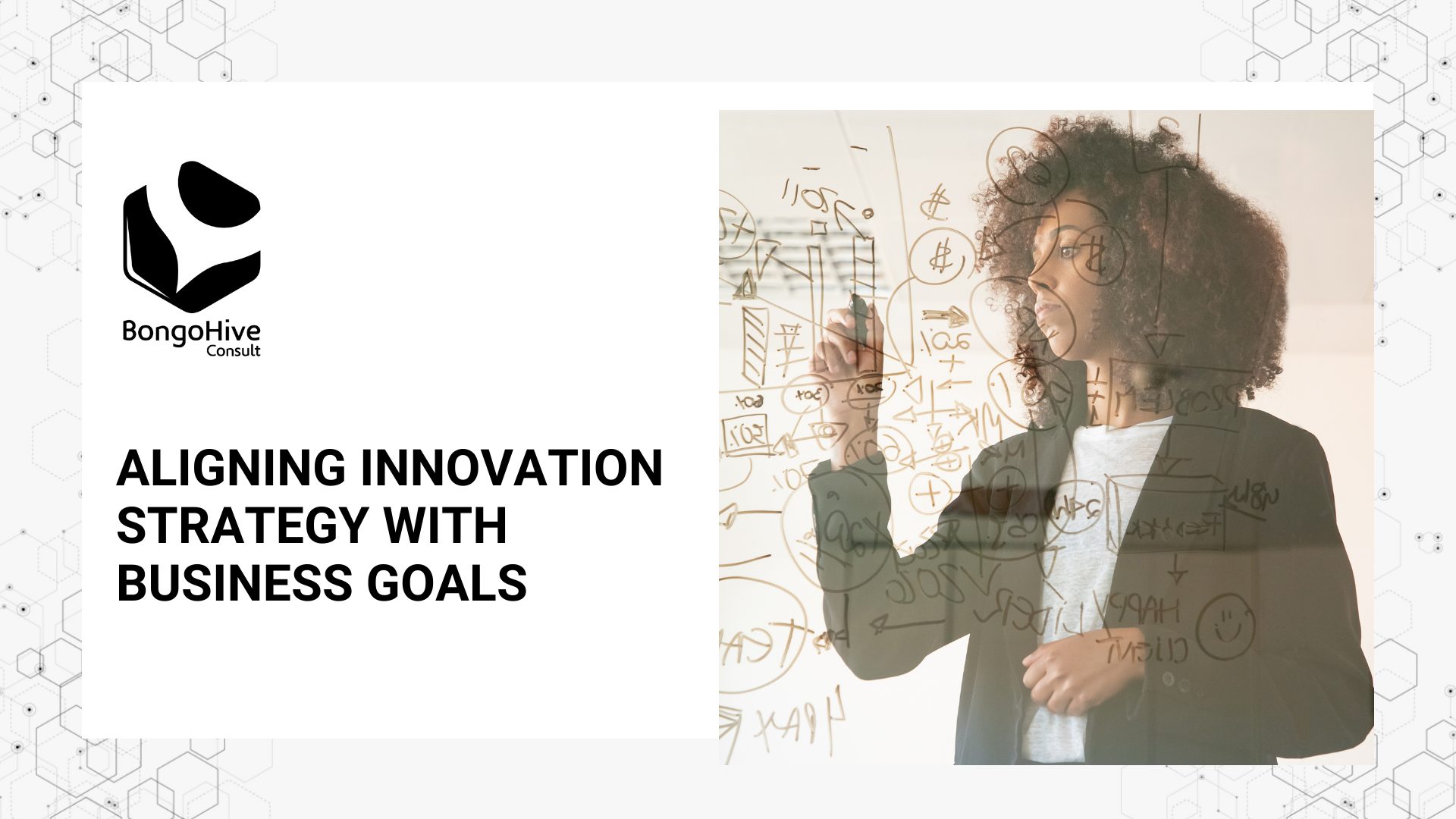
As a business leader, you have probably heard or read many articles on why you should innovate and have an innovation strategy. It’s because you need to! Many business leaders have taken incremental steps and initiatives to improve how they conduct business and out-innovate their competitors. The result of this isn’t always what you expect; innovation strategies frequently fail. And many organisations that have managed to successfully implement an innovation strategy have struggled to sustain it.
The common reason for a failed innovation strategy is a failed execution, or the lack of capacity to build and maintain an innovation strategy. While this is true, there is an overlooked problem that can frustrate your innovation efforts; the inability to align your innovation strategy with your business goals.
As you set out to plan your innovation strategy, it should reinforce your business goals and vice-versa. There should be challenges that you have identified in your organisation that innovation will help to solve. Whether you are looking to improve customer satisfaction or promote an innovative workplace; your innovation strategy shouldn’t be mismatched with your business objectives.
What does it mean to align your innovation strategy with your business goals?
In its simplest definition, it means innovating with a purpose. It means that you have mapped out your problems, explored the best possible solutions and how they match with your business objectives. There is a temptation to jump into innovations to take charge of the industry, but the truth is that not all trends work for you. While being agile is instrumental to organisational growth, adopting anything and everything can make you and your team lose sight of the set objectives.
Such an approach towards innovation causes misalignment, especially that different departments within your organisation will use different but important means to meet milestones.
Aligning your innovation strategy with your business goals also means aligning all the various departments and diverse groups of people within your organisation by clarifying objectives and reinforcing the means of meeting them. Ensure that you effectively communicate your company and innovation needs to your employees, and how they relate to their roles. In many instances, employees understand the organisational vision and not the innovation strategy- and it could also be vice versa. A misalignment between the two can confuse your team, which can easily get off course.
To avoid further misalignment, personal bias should be replaced with evidence-based decisions. Personal bias might be common in organisations where leadership changes frequently. Each leader may come with new ways of doing things that can either build on the already existing systems or disturb the entire process altogether. As a business leader influencing decision making in an organisation, refrain from enforcing actions based on your personal beliefs or those that benefit you in a way. Instead, focus on using Lean innovation methods that incorporate principles like design-thinking and agile methodology.
In conclusion, there is a lot of experimenting that you and your team can do to achieve innovation- but you need to create room for it and do it right. As your innovation and business strategy feed on each other, ensure that they work in harmony and keep iterating until you get it right.
However, we do understand that it can be difficult for large firms to innovate. Established systems and processes mean there is often little to no room for experimentation. This is where we come in:
To fully deliver on our Corporate Innovation endeavours, we adopt a design thinking approach, that allows for a collaborative and co-created approach to the development of every client assignment. With a focus on People, Process and Product. Would you like to get started? Contact us today.
 BongoHive
BongoHive